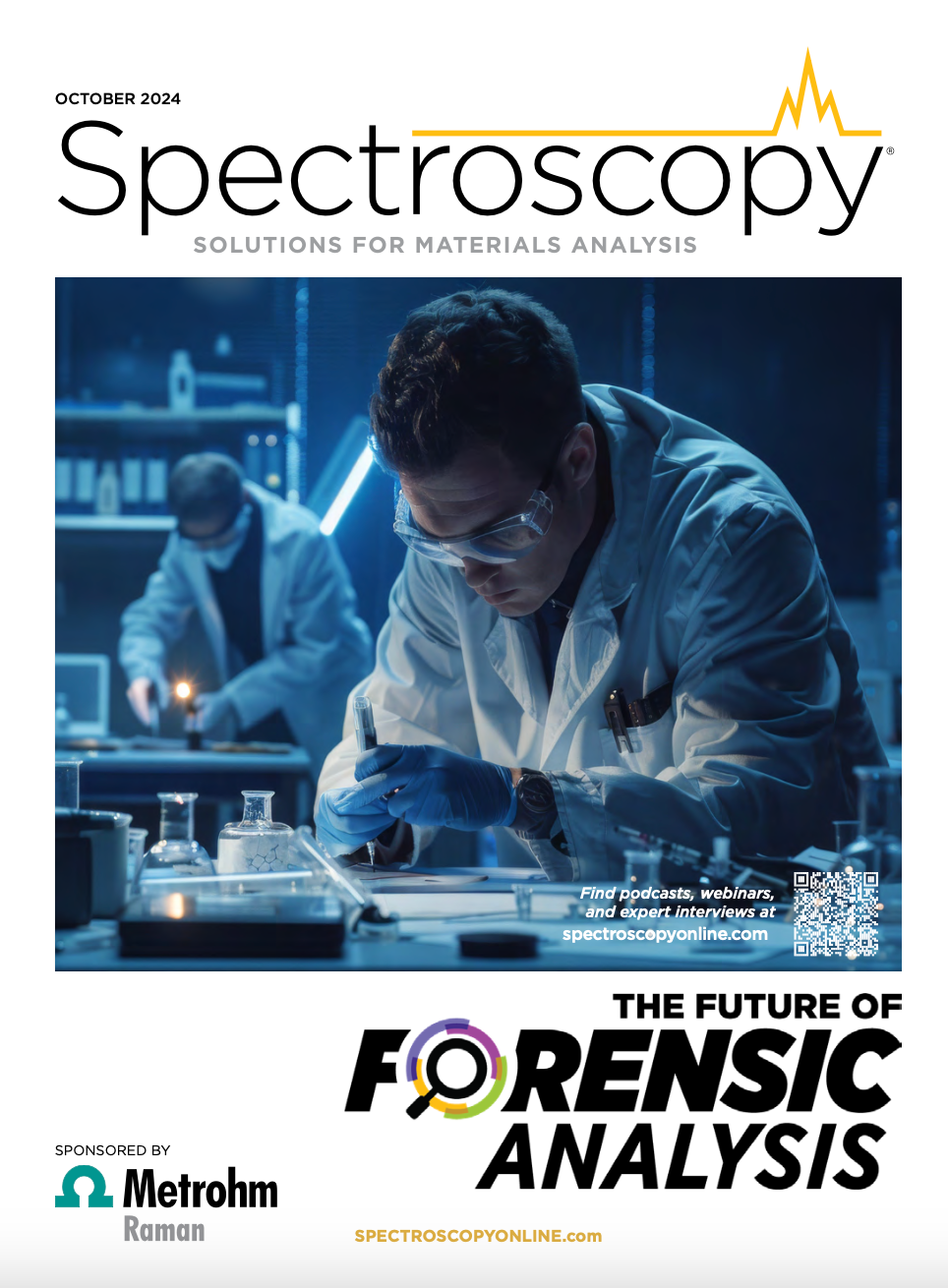Determining the Age of Bloodstains at Crime Scenes Using ATR FT-IR Spectroscopy and Chemometrics
This article offers some insight into using attenuated total reflectance Fourier transform infrared (ATR FT-IR) spectroscopy at crime scenes.
According to a recent study, attenuated total reflectance Fourier transform infrared (ATR FT-IR) spectroscopy combined with chemometrics can effectively estimate the time since deposition of bloodstains at crime scenes. This study was led by Antonio Ortiz and María Dolores Pérez-Cárceles of the University of Murcia and published in the journal Chemometrics and Intelligent Laboratory Systems (1).
Bloodstains are among the most common pieces of evidence found at crime scenes. Determining how long a bloodstain has been present can provide crucial information about the sequence of events in a crime (1). Traditionally, this estimation relies on assessing the physical and chemical changes that blood undergoes over time (1). However, these methods have often been limited by their reliance on specific environmental conditions and the surfaces on which the blood is deposited (1).
A detailed view of a crime scene with a chalk outline, bloodstains, and evidence markers, police tape in the background. Generated with AI. | Image Credit: © Aonin - stock.adobe.com

Numerous studies in the past have explored analyzing bloodstains using other spectroscopic techniques, such as Raman spectroscopy (2). The researchers at the University of Murcia, in their study, analyzed 960 bloodstains on various surfaces, both indoors and outdoors, to develop predictive models for time since deposition (1). This process was done over 212 days. The study focused on four different surfaces: white cotton woven fabric, regular cellulose paper, filter paper, and glass (1). These surfaces were chosen because these surfaces represent a range of materials commonly found at crime scenes.
The research team used ATR FT-IR spectroscopy because it provides a detailed molecular fingerprint that can be analyzed to determine how the blood’s composition changes over time (1). By using this method, the researchers were able to create a series of partial least squares regression (PLSR) models that predict the time since deposition (TSD) of bloodstains with high accuracy (1).
The PLSR models exhibited good predictive capabilities. The residual predictive deviation (RPD) values exceeded 3, and the R² values were greater than 0.90 (1). Interestingly, the models performed better on non-rigid surfaces, such as fabric and paper, compared to rigid surfaces like glass (1).
One of the most promising aspects of the study is the development of a global model for non-rigid surfaces. This model accounts for the various conditions under which bloodstains might be found, making it highly versatile for real-world applications (1). Whether a bloodstain is found on fabric in a dark indoor environment or on paper exposed to outdoor conditions, this model can provide a reliable estimate of how long the stain has been there (1).
To ensure the accuracy of their models, the researchers meticulously controlled the experimental conditions. Blood samples were collected from four healthy donors and deposited on the various surfaces under both indoor and outdoor conditions. For each surface and condition, 24-time measurements were taken, ranging from the day of deposition to 212 days later (1). The bloodstains were then analyzed using a FT-IR spectrometer, with spectra processed using specialized software (1).
This research represents a significant advancement in the field of forensic science and the impact spectroscopic techniques can make in this space. Raman spectroscopy was not susceptible to false positive assignments for bloodstains (2). ATR FT-IR spectroscopy was proven to be an effective tool for in situ determination of the total determination of time since deposition of bloodstains (1). Despite the promising results, the researchers acknowledge that further research is needed. Future studies will likely focus on expanding the range of surfaces and environmental conditions tested to create even more comprehensive models that can be applied in diverse forensic scenarios.
References
- Mengual-Pujante, M.; Perán, A. J.; Ortiz, A.; Pérez-Cárceles, M. D. Estimation of Human Bloodstains Time Since Deposition Using ATR FT-IR Spectroscopy and Chemometrics in Simulated Crime Conditions. Chemom. Intell. Lab. Sys. 2024, 251, 105172. DOI: 10.1016/j.chemolab.2024.105172
- Rosenblatt, R.; Halámková, L.; Doty, K. C.; et al. Raman Spectroscopy for Forensic Bloodstain Identification: Method Validation vs. Environmental Interferences. Foren. Chem. 2019, 16, 100175. DOI: 10.1016/j.forc.2019.100175

Smarter Sensors, Cleaner Earth Using AI and IoT for Pollution Monitoring
April 22nd 2025A global research team has detailed how smart sensors, artificial intelligence (AI), machine learning, and Internet of Things (IoT) technologies are transforming the detection and management of environmental pollutants. Their comprehensive review highlights how spectroscopy and sensor networks are now key tools in real-time pollution tracking.
AI Shakes Up Spectroscopy as New Tools Reveal the Secret Life of Molecules
April 14th 2025A leading-edge review led by researchers at Oak Ridge National Laboratory and MIT explores how artificial intelligence is revolutionizing the study of molecular vibrations and phonon dynamics. From infrared and Raman spectroscopy to neutron and X-ray scattering, AI is transforming how scientists interpret vibrational spectra and predict material behaviors.